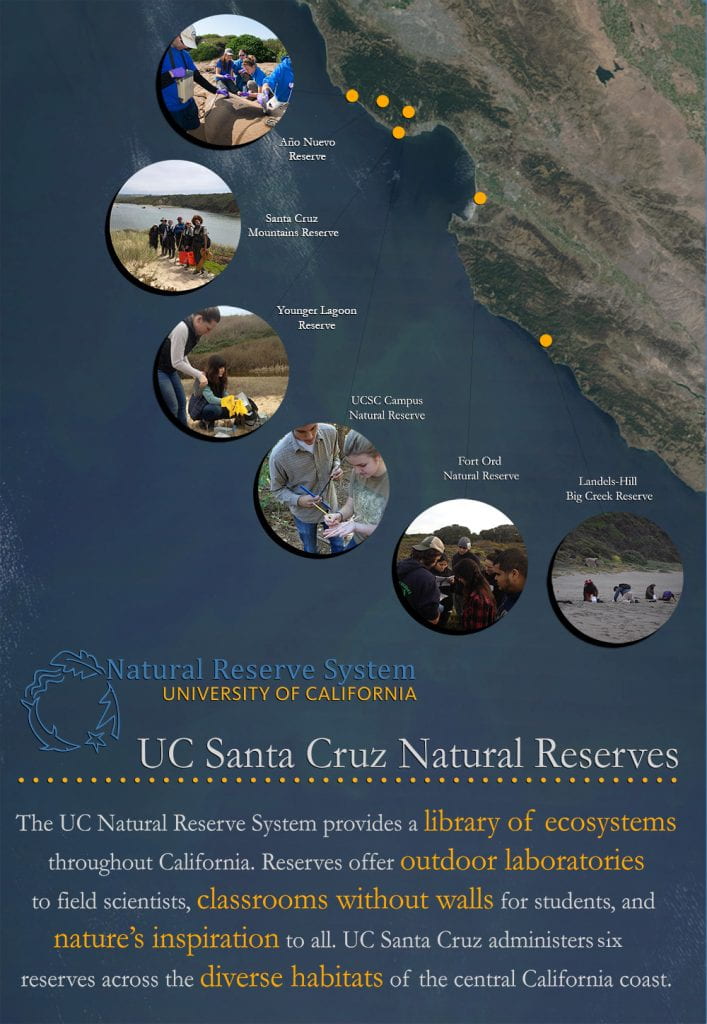
Our sites ring the Monterey Bay along the National Marine Sanctuary that extends the entire coastline from the Golden Gate at San Francisco south to Big Sur, between 38 and 36 degrees North latitude along roughly 122 degrees West longitude.
The wide range of habitats, from fog-enshrouded redwood forest to maritime chaparral, provide an unparalleled natural laboratory for marine and terrestrial research. These special places serve as exceptional study sites for University scientists, experiential classrooms for students, and incredible spaces for public service opportunities.
Library of Ecosystems
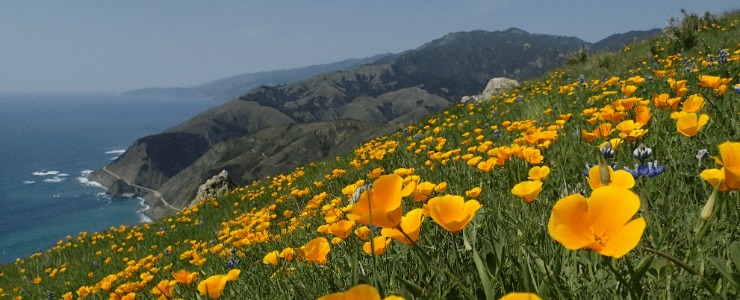
Landels-Hill Big Creek Reserve
The Santa Lucia Mountains plunge into the Pacific Ocean in the heart of scenic Big Sur. From ridgetops clad in rare Santa Lucia fir and coast redwood, Landels-Hill Big Creek Reserve descends through oak woodlands and coastal grasslands. Steelhead trout ply clear canyon streams. Offshore, sea otters take refuge in the kelp beds of Big Creek State Marine Reserve.
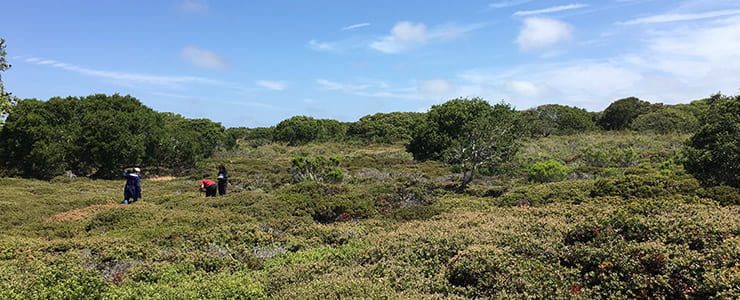
Fort Ord Natural Reserve
Decades as a military base preserved the maritime chaparral of Fort Ord Natural Reserve from development. The dense vegetation includes ceanothus and manzanita stunted by sandy, nutrient-poor soils. Legless lizards burrow through the loose substrate in search of insects to eat, while woodrats build nest mounds beneath oaks dripping with lichen. Many state and federally listed species are protected here including Monterey gilia, seaside birdsbeak, and Smith’s blue butterfly.
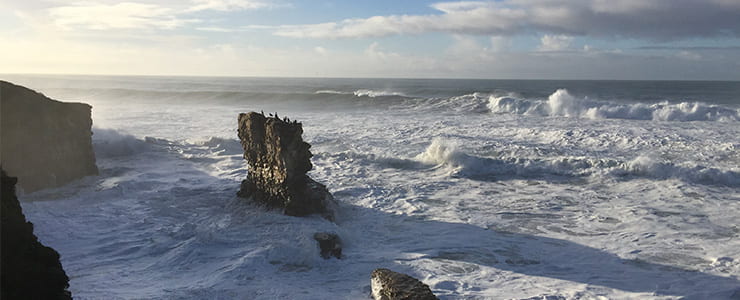
Younger Lagoon Reserve
A rare Central Coast wetland, Younger Lagoon Reserve encompasses fresh and saltwater marshes, pickleweed flats, and a pocket beach featuring native dune vegetation. Tidepools harboring crabs and fish are located just offshore, while the federally endangered tidwater goby thrives in low-oxygen lagoon waters. Upland terraces, once farm fields, are being restored to coastal prairie.
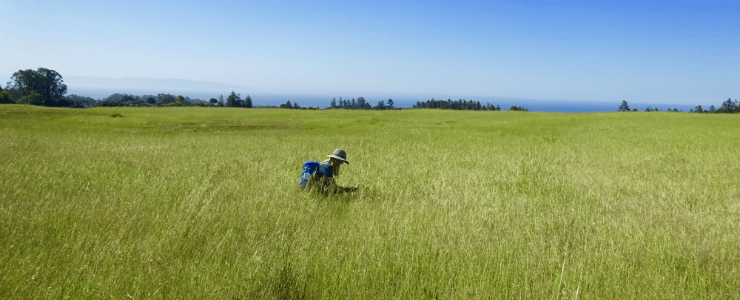
UCSC Campus Natural Reserve
The UCSC Campus Natural Reserve covers 789 acres of protected natural lands on the UC Santa Cruz campus. This land was set aside to preserve natural communities for teaching, field research and natural history interpretation. Some of the vegetation communities include northern maritime chaparral, redwood forest, mixed evergreen, riparian woodland, and grassland. These lands are an exceptional outdoor classroom; a living library and laboratory. UCSC CNR staff serve over 3000 undergraduate students per year by facilitating course field trips. Nearly 100 students each year participate in UCSC CNR internships and volunteer positions related to field ecology, land stewardship, and environmental education.
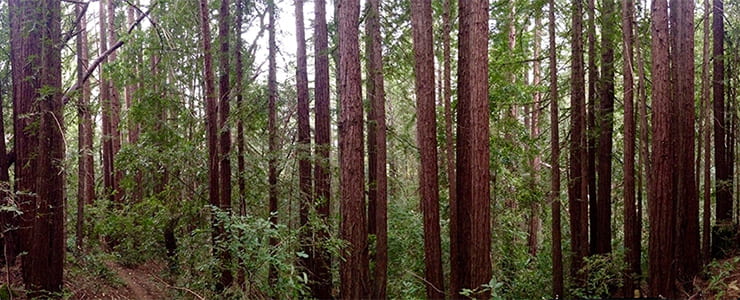
Santa Cruz Mountains Reserve
The Santa Cruz Mountains Reserve (SCMR) is the newest member of the University of California Santa Cruz’s Natural Reserve program, officially breaking ground in 2022. SCMR, in essence, is a partnership between UCSC and the surrounding stewards, land managers, and communities of the Santa Cruz Mountains. SCMR and our partners share a common goal of providing opportunities for hands-on environmental education through the creation of outdoor classroom experiences and supporting collaborative research and stewardship projects. Through these prime directives, SCMR’s aim is to foster a strong relationship between students at UCSC and partnering lands, agencies, and organizations. Students that utilize SCMR will take the experiences they’ve learned and adapt and build upon them wherever they go and conduct research that helps us better understand and conserve the Santa Cruz Mountain region. By building bonds with our collaborators, students will have the opportunity to work directly with local land managers, eventually becoming the next generation of environmental and conservation leaders.
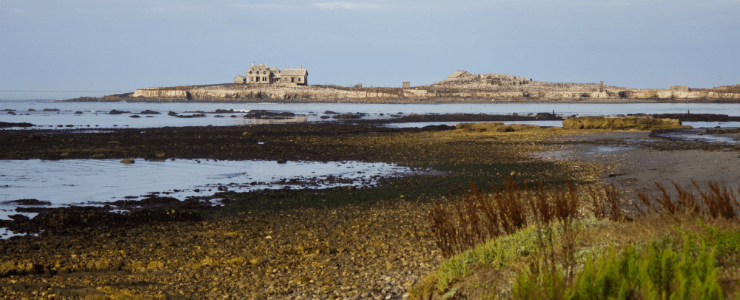
Año Nuevo Reserve
In winter, the beaches of Año Nuevo Island teem with battling, birthing northern elephant seals. In spring and summer, the clifftops come alive with breeding cormorants, screeching gulls, and majestic brown pelicans. Located on a marine terrace separated from the mainland by a narrow channel, the island also holds the ruins of a historic lightstation. For over 40 years, the reserve has hosted groundbreaking studies on marine mammal behavior. As of 2016, 356 peer-reviewed publications have used data collected at the Año Nuevo Reserve, 37 in the preceding year alone. Año Nuevo Island is available for scientific study through an agreement with California State Parks.